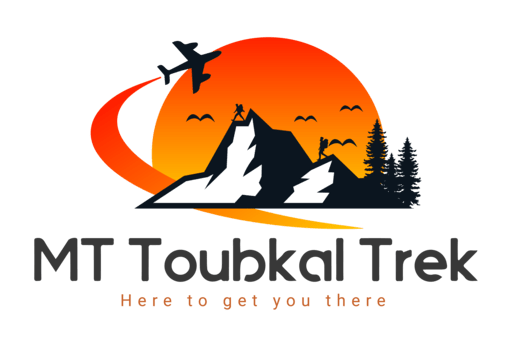Morocco, a land of vibrant colors, ancient traditions, and breathtaking landscapes, offers an adventure unlike any other: a trek desert Maroc experience. Imagine golden dunes stretching as far as the eye can see, the crisp desert air filling your lungs, and the silent majesty of the Sahara unfolding before you. This is more than just a trip; it’s an immersive journey that promises cultural enrichment, unparalleled natural beauty, and a profound sense of peace.
The Allure of the Moroccan Desert: A Landscape of Wonders
Morocco is home to some of the most iconic desert landscapes in the world, primarily the vast and mesmerizing Sahara. While the thought of a desert might conjure images of endless, monotonous sand, the reality is far more diverse and captivating. From the towering, ochre-hued dunes of Erg Chebbi and Erg Chigaga to the rocky plateaus and dramatic gorges of Jebel Saghro and the Draa Valley, every corner of the Moroccan desert offers a unique vista.
Erg Chebbi, near Merzouga, is famous for its colossal dunes, some reaching heights of over 150 meters. Here, the sand shifts in a kaleidoscope of colors from golden to fiery orange and soft pink as the sun traverses the sky, creating a photographer’s dream. Erg Chigaga, on the other hand, provides a more remote and authentic experience, with its seemingly endless expanse of unspoiled dunes, perfect for those seeking deeper solitude.
Beyond the iconic sand seas, a trek desert Maroc can lead you through ancient riverbeds, past scattered acacia trees, and into verdant oases that burst with life. The Todra and Dades Gorges, while not strictly desert, are often integrated into desert tours, offering dramatic canyon landscapes and traditional Berber villages carved into the rock. These varied terrains ensure that your trek desert Maroc will be constantly surprising and visually spectacular.
Planning Your Perfect Trek Desert Maroc Adventure
Timing is crucial when planning your desert trek Maroc . The best seasons are typically spring (March to May) and autumn (September to November). During these months, daytime temperatures are comfortable, ranging from 20°C to 30°C, making outdoor activities enjoyable. Nights are cooler but manageable, averaging 10°C to 20°C. Summers (June to August) can see temperatures soar above 45°C, making long treks challenging, while winters (December to February) bring mild days but can have freezing nights, especially in mountain areas.
Choosing a reputable tour operator is paramount for a safe and enriching trek desert Maroc. Look for companies with excellent reviews, especially those that prioritize sustainable tourism practices and employ local guides. Companies like “Morocco Best Sahara Tours” and “Trek in Maroc” are often highly rated for their professionalism, knowledgeable guides, and commitment to responsible travel. A good tour operator will arrange transport, provide expert guides who know the desert intimately, and ensure comfortable accommodation in traditional Berber camps.
What to Pack for Your Trek Desert Maroc
Preparing for a trek desert Maroc requires thoughtful packing to ensure comfort and safety. Here’s a comprehensive list:
- Clothing: Lightweight, loose-fitting clothing made from natural fibers like cotton or linen is ideal. Long sleeves and pants are essential to protect against the sun and sand. A light sweater or fleece and a warm, lightweight jacket are crucial for chilly evenings and early mornings. Consider a long, colorful scarf (chech) that can be bought locally – it’s perfect for sun and sand protection.
- Footwear: Comfortable, sturdy walking shoes or hiking boots are a must for crossing dunes and rocky terrain. Avoid mesh materials that allow sand to easily penetrate. Sandals or flip-flops are good for relaxing at camp. Remember to bring extra socks!
- Sun Protection: High SPF sunscreen, a wide-brimmed hat, and good quality sunglasses with UV protection are non-negotiable. Lip balm with UV protection will also be a lifesaver.
- Hydration: While your tour operator will provide water, carrying a reusable water bottle and even a personal water filtration system or purification tablets for longer treks is advisable. Plan to drink at least 4 liters of water per day.
- Essentials: A small backpack for day trips, a headlamp or small flashlight (camps often have minimal artificial lighting), a portable power bank for electronics, a first-aid kit with basic medications (painkillers, anti-diarrheal, blister kit), and personal toiletries.
- Cultural Sensitivity: Modest clothing is appreciated, especially when visiting local villages. A scarf can also be useful for women to cover their heads in certain situations.
Cultural Immersion: Beyond the Dunes
A trek desert Maroc is not just about the landscape; it’s a deep dive into Berber culture. The indigenous people of Morocco, the Berbers (or Amazigh), have lived in harmony with the desert for centuries, and their hospitality is legendary.
Many tours offer opportunities to visit traditional Berber villages, providing a glimpse into their daily lives. You might have the chance to share a meal with a nomadic family, savoring homemade bread baked in a clay oven, and sipping on traditional mint tea. Evenings at the desert camps often feature rhythmic Berber drumming and folk songs around a crackling campfire under an unbelievably star-filled sky. Far from city lights, the Sahara offers one of the clearest views of the Milky Way and constellations.
Beyond the direct cultural exchange, tours often include stops at historical sites such as the UNESCO World Heritage site of Ait Benhaddou, a fortified village that has served as a backdrop for numerous Hollywood films. Exploring its narrow alleys and climbing to its summit for panoramic views provides a fascinating insight into Morocco’s rich history. Ouarzazate, known as the “Hollywood of Africa,” is also a common stop, home to film studios that highlight the region’s enduring appeal.
Safety and Sustainability in the Trek Desert Maroc
While generally safe, a trek desert Maroc requires common-sense precautions. Always travel with an experienced local guide, especially in remote areas, as sandstorms can arise suddenly, and navigation can be challenging. Stay hydrated, protect yourself from the sun, and be aware of your surroundings. Serious medical emergencies in remote desert areas can involve long travel times to hospitals, so a well-stocked first-aid kit and travel insurance are essential.
Sustainable tourism is increasingly important for preserving the delicate ecosystem of the Sahara. When you trek desert Maroc, choose tour operators that prioritize environmental responsibility. This includes sticking to established paths, minimizing waste by using reusable containers, conserving water, and supporting local communities by purchasing handmade crafts directly from artisans. Many eco-friendly camps utilize solar power and implement water conservation measures, offering an authentic yet responsible experience. Opting for traditional methods of travel, such as camel trekking, minimizes environmental impact compared to motorized vehicles.
The Unforgettable Memories in The Trek Desert Maroc
The decision to trek desert Maroc is a commitment to an adventure that will leave an indelible mark on your soul. Imagine waking up to a spectacular desert sunrise, the dunes transforming from cool blue shadows to warm golden waves. The rhythmic sway of a camel as you traverse the endless sand, the tranquility of a night spent under a canopy of a million stars, and the warmth of Berber hospitality – these are the moments that define a Moroccan desert experience.
Whether you’re seeking profound solitude, a connection with ancient cultures, or simply a breathtaking escape from the everyday, a trek desert Maroc promises an adventure that transcends the ordinary. It’s an opportunity to disconnect, to reflect, and to witness the raw, untamed beauty of one of the world’s most incredible natural wonders.

